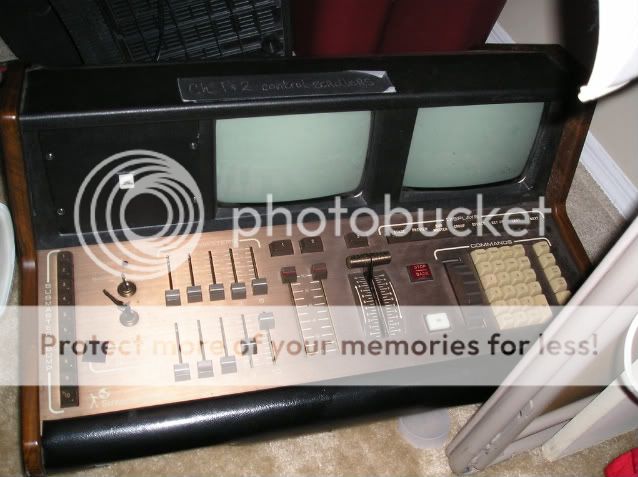Hi,
Does it really matter which dimmers a TV studio goes with? Or more specifically Strand C21 vs ETC Sensors, which one is better and why? This question came up today and no one had the answers. The other question was could we use our Strand board with ETC dimmers and vice versa? Any help information would be greatly appreciated.
Does it really matter which dimmers a TV studio goes with? Or more specifically Strand C21 vs ETC Sensors, which one is better and why? This question came up today and no one had the answers. The other question was could we use our Strand board with ETC dimmers and vice versa? Any help information would be greatly appreciated.



